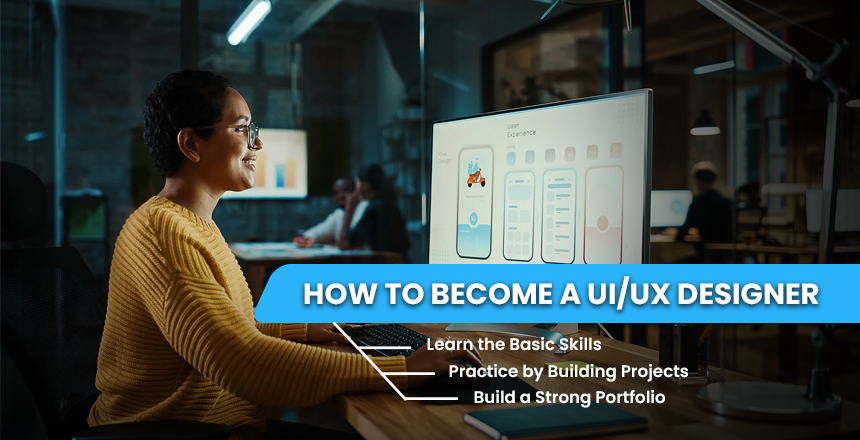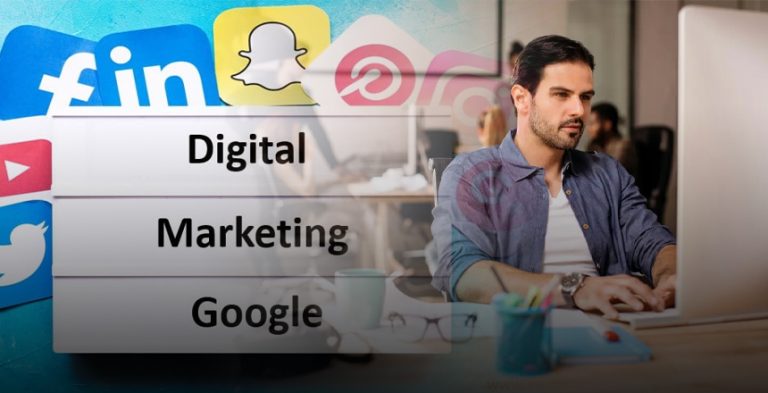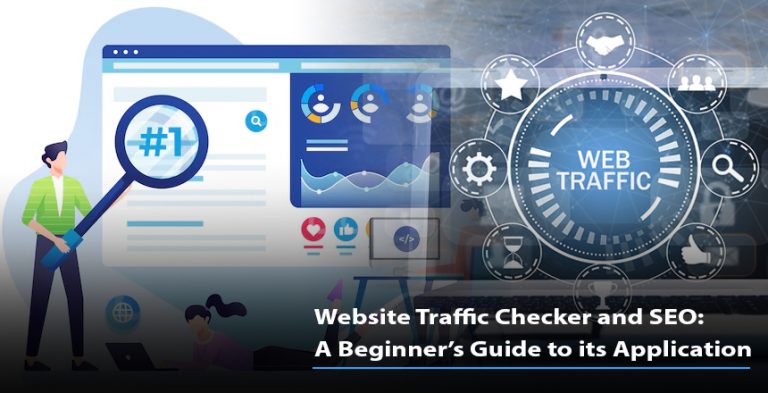When reading this guide, a reader will get to know some of the tips on how to become a
successful UX/UX designer.
User interface (UI) and user experience (UX) design is a relatively new and increasingly popular
area of work in which the general goal is to improve the interaction people have with websites,
mobile applications, etc. To become a UI/UX designer, one won’t have to be an artist but
possess creativity, have the ability to think with the user, and be passionate about technology.
The following is a process that anyone who wants to work in this industry can follow.
Learn the Basics of UI/UX
To begin with, you require understanding or clarifying to yourself the following about UI/UX
design. UI stands for the graphic interfaces and the designs through which the customers
engage themselves with a product. It is strictly confined to the buttons, menus, sub-interactions,
and how it seems to the product. UX encompasses all the processes and everything that
concerns the user. Unlike the other examples, which could be pegged on how the product feels.
UI and UX are collaborative because they impact how digital products look and work well.
This investment should go into absorbing UI/UX basics such as user empathy, design thinking,
interaction design information architecture, user research, and accessible and usable testing.
Fortunately, there are many free and paid online courses, books, blogs, and other materials on
how to teach oneself these subject matters. Looking at the problems in typical consumer
products also happens to be beneficial.
Develop Technical Skills
Though creativity is involved in UI/UX design, it must also be remembered that it is more than
just that—UI/UX design also includes some programming and development skills. The first thing
to learn about is how to work with design applications like Figma, Sketch, or Adobe XD. These
programs let you create wireframe site maps and layouts, build out interaction mock-ups, and
design visual components. Get to know when to write big or small, what color to choose, how
many columns or rows to use, and the other fundamental design concepts. HTML and CSS
skills are also very important. Then the completed mockups can be converted into real websites.
Might as well grab the basic programming as well, like JavaScript or React. Technical content
knowledge always makes you more applicable in society and hence more employable.
Build Your Portfolio
But the single most crucial step toward getting a UI/UX career is building a portfolio. Your work
speaks for you, and therefore a portfolio is more effective than a resume or an interview. It is just
what employers want to see. Begin with creating a conceptual project of designing apps, sites,
and products. Record all the activities done in this project, such as research, personas,
sketches, workflows, and test results. This means you can manage the whole design life cycle.
Ideally, also attempt to produce client work, personal projects created from the ground up, or
redesign projects of websites. It is better if you have experience in the real world. Instead of 20
basic concepts, it is much more helpful to have 5-7 well-developed and thought-through
projects. As well as the textual design, paying close attention to the graphics and use of
high-fidelity mock-ups. This I believe paints a complete picture.
Try having different portfolios for the types of UI/UX jobs you want. When it comes to product
design, there should be more emphasis on concepting. In research positions, stress about
processes. The portfolio in turn looks at the potential and ability to exhibit these skills, even
without hands-on experience in one’s area of choice.
Getting an internship or starting freelance work
The same with most new professions: it is better to get some practical experience before you
start a full-fledged career as a UI/UX specialist. Internships make sure that a candidate gets the
much-needed training in a certain industry that is provided by experts in the field of design.
Interestingly, many graduates who absorb internships later acquire full-time employment with
the same companies they worked for during their internships. If you are already at this level of
development, then start freelancing immediately. Real work means that contract work allows you
to pitch to actual clients and work on actual products. This looks good for employers in future
employment. It also enables you to initiate networking and to begin branding yourself.
Even consider volunteering on non-profit projects too in order to get relevant project experience.
Most early-stage startups and other organizations require design assistance, but they cannot
afford full services. Here is your opportunity to progress in your career by performing an act of
charity.
Search for Entry-Level Jobs
Once you’re armed with the essential information on UI/UX design and have an amazing
portfolio, then you’re good to go. You should search for such positions as “UI designer,” “UX
designer,” “web designer,” and the like. Still, you will encounter something like ‘1-3 years of
experience needed’ even when applying for an entry-level position. Yes, go ahead and apply
anyway if you don’t meet some of the qualifications, as you know your portfolio can speak for
itself. Due to the talent shortage environment globally, employers are now more open to
non-mainstream job seekers than they have ever been.
Most of them are found in digital agencies and consultancies, technology start-ups, companies
in enterprise software and design, and consulting businesses. Save the job title and specific
keywords to get the new job postings on sites like LinkedIn, AngelList, RemoteOK, and careers
with the actual company. It is recommended that some of the skills in high demand are acquired
more, including user research, interaction design, and data analytics, among others. But to
directly interact with companies, attend local tech/meetup design meetups as well. And once
you get your foot in the door of the industry, persistence will get you the rest of the way in.
Continue Growing Your Skills
Being a beginner in this role of UI/UX designer, one is constantly learning. Take your time to
read blogs, books, and even case studies that are related to the industry. Take time to listen to
design podcasts such as UX Podcast as well as the Voice of the Design. Subscribe to the
professional accounts on Twitter and Instagram. Whenever possible, one should attend local
conferences and events. Think of getting back to school and taking online courses and training
to keep on extending your professional capabilities. By having this growth mindset, it allows you
to become a truly extraordinary designer.
Oh, and don’t forget to be empathetic not only to the users but also your colleagues.
Communication skills, both written and oral, are important, as are organization, work completion
timelines, and rapidly developing interpersonal skills such as emotional intelligence that fosters
teamwork.
Next Steps
Getting into UX/UI might sound difficult, however; considering it in stages is actually not a big
deal. Strictly speaking, at first the foundations of the base knowledge in the field of design shall
be laid. Then it’s time to spend more time gathering a great portfolio, which will demonstrate
your complete expertise. The best way to put this experience into practice is by doing
internships or freelancing. Last of all, begin applying for entry-level and junior ones, as they give
you an opportunity to meet new people in the field. By setting up your goal and practicing it, you
can turn this into a fulfilling and wonderful career that you wouldn’t want to let go of.








